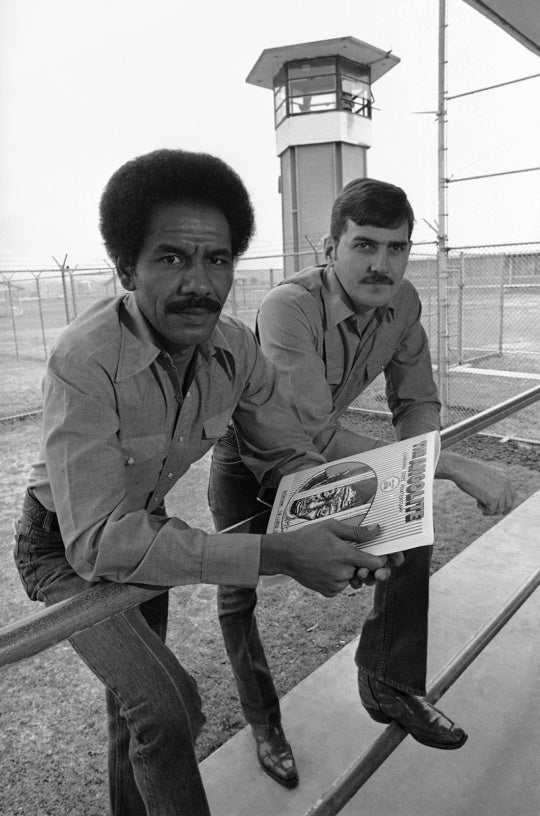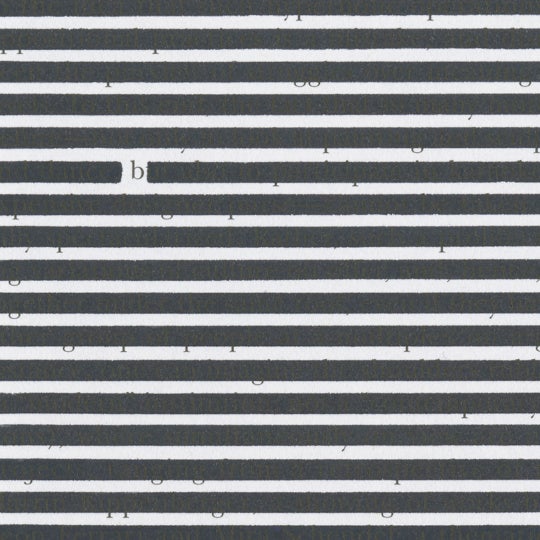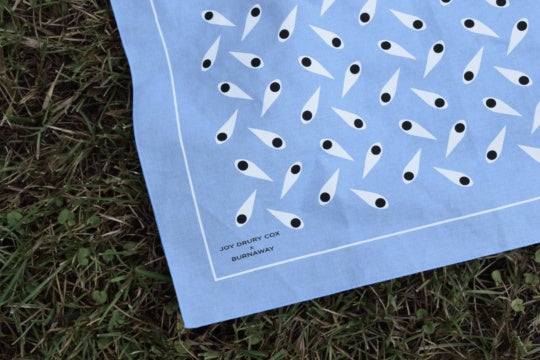
Pastiche Lumumba won me over instantly the first time he introduced himself. I am, after all, obsessed with words and wordplay in general, and with the names people have—or, as in Lumumba’s case, in part assume.
The second time our paths crossed, I misspoke and introduced him as “Patrice Lumumba,” who was the source of his (quite wonderful) nom d’arte. Alas, that episode may have created an anxiety loop in me that led to my misidentifying him a time or two thereafter, though never again in his presence.
When Stephanie Cash suggested that I interview the Low Museum founder, I saw an opportunity to get to know someone whom I saw as exercising the most basic form of self-determination: choosing what he wishes to be called. I also hoped our talk about how that name came to be would dispel the aforementioned anxieties. I can only hope that the long talk we shared after we finished recording our interview signaled success on both fronts.
Since our talk, Lumumba has departed Atlanta for a free seven-week course through New York’s Bruce High Quality Foundation that is to immerse him in “random” creativity. Meanwhile, what lies ahead for the Low Museum is change; what sort and where remain to be seen.
[This clip is an edited and condensed excerpt from the hourlong StoryCorps session.]
BURNAWAY’s audio program is supported in part by Georgia Council for the Arts through the appropriations of the Georgia General Assembly. Georgia Council for the Arts also receives support from its partner agency, the National Endowment for the Arts.
This project is supported in part by the Georgia Humanities Council and the National Endowment for the Humanities and through appropriations from the Georgia General Assembly.





